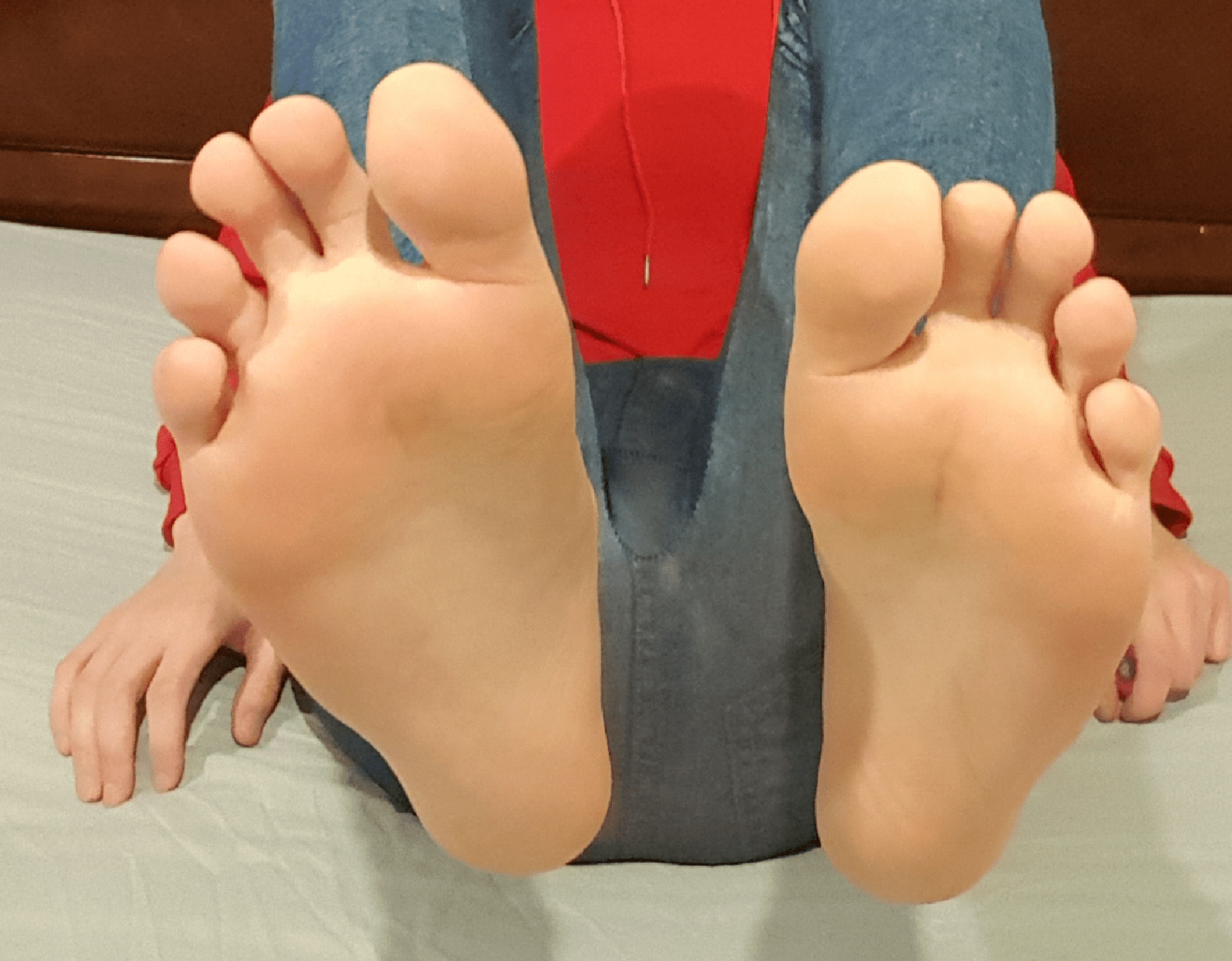1. Why is foot care so important for people with diabetes?
Diabetes can damage the nerves and blood vessels in your feet, leading to reduced sensation and poor circulation. This makes it harder for your feet to heal from injuries and increases the risk of infections, ulcers, and even amputations.
2. What are the essential daily foot care practices for people with diabetes?
- Inspect your feet daily: Look for cuts, blisters, redness, swelling, or any other changes. Use a mirror to see the bottom of your feet.
- Wash your feet daily with warm water and mild soap: Dry them thoroughly, especially between the toes.
- Moisturize your feet, but not between the toes: Use a gentle, fragrance-free moisturizer.
- Trim your toenails straight across: Avoid rounding the edges or cutting them too short. Use a nail file to smooth any sharp edges.
3. What kind of footwear should I wear if I have diabetes?
Choose shoes that fit properly and provide good support and cushioning. Look for shoes with a wide toe box, cushioned insole, supportive upper, and seamless interior. Avoid high heels, tight-fitting shoes, and flip-flops.
4. How can I protect my feet during extreme weather conditions?
- In hot weather: Stay hydrated, wear breathable footwear, protect your feet from sunburn, and keep your feet dry.
- In cold weather: Wear warm socks and insulated footwear, protect your feet from frostbite, and avoid constricting clothing.
5. What are essential oils, and how can they benefit diabetic foot care?
Essential oils are concentrated plant extracts with various therapeutic properties. Some oils, like tea tree oil and lavender oil, have antimicrobial and anti-inflammatory properties that can help prevent infections and promote healing. Always dilute essential oils in a carrier oil before applying them to your skin and do a patch test to check for allergies.
6. How can foot massage benefit people with diabetes?
Foot massage can improve blood circulation, reduce pain, promote relaxation, and stimulate lymphatic drainage. Use gentle strokes and avoid applying too much pressure, especially if you have neuropathy.
7. When should I see a podiatrist?
See a podiatrist at least once a year for a comprehensive foot exam. If you experience any foot problems like poor circulation, numbness, open sores, nail changes, or pain, see a podiatrist more frequently.
8. What is near-infrared light therapy (NILT), and can it help with diabetic foot problems?
NILT is a non-invasive treatment that uses specific wavelengths of light to stimulate cells and promote healing. Studies suggest it may improve blood flow, reduce inflammation, and promote nerve regeneration in diabetic feet. Consult with your doctor to see if NILT is appropriate for you.
